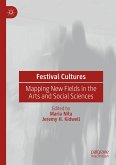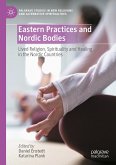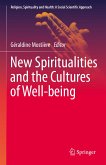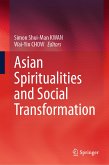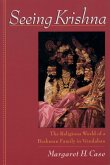This book offers global perspectives from Mediterranean, Asian, Australian, and American cultures on sacred sites and their related stories in regional history. Contemporary society witnesses many travelers visiting sacred sites (temples, mountains, castles, churches, houses) throughout the world. These visits often involve discovery of new historical facts through the origin stories of the associated tribe, region, or nation. The transmission of oral tradition and myth carries on the significant meaning of those religious sites. This volume unveils multi-angle perspectives of symbolic and mystical places. The contributors describe the religio-political experiences of each regional case, and analyze the religiosity of local people as a lens through which readers can re-examine the concept of iconography, syncretism, and materialism. In addition, contributors interpret the growth of new religions as the alternative perspectives of anti-traditional religions. This new approach offerssignificant insight into comprehending the practical agony and sorrow of regional people in the context of contemporary history.
Dieser Download kann aus rechtlichen Gründen nur mit Rechnungsadresse in A, B, BG, CY, CZ, D, DK, EW, E, FIN, F, GR, HR, H, IRL, I, LT, L, LR, M, NL, PL, P, R, S, SLO, SK ausgeliefert werden.



